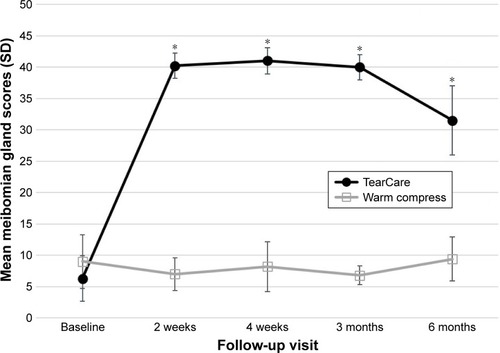Figures & data
Figure 1 Photograph of the iLid devices.
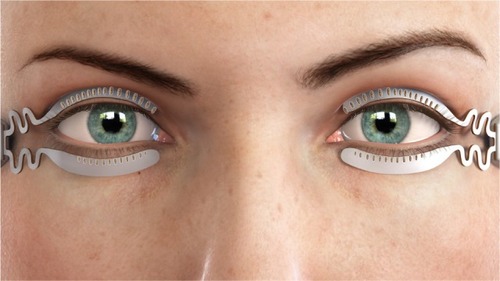
Figure 2 The TearCare® System controller unit.
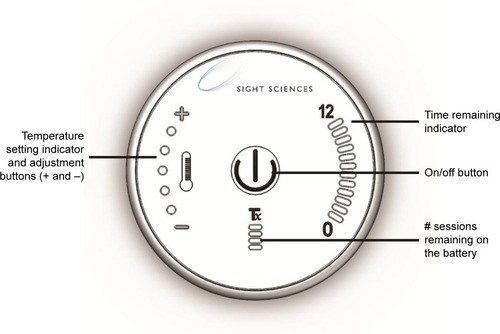
Table 1 Baseline demographics of the study population
Table 2 Baseline characteristics of the 2 study groups
Figure 3 Primary efficacy end point – TBUT results.
Abbreviation: TBUT, tear breakup time.
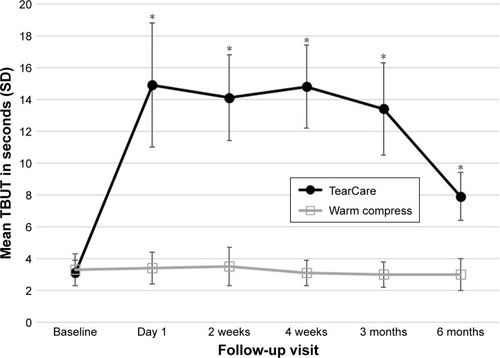
Table 3 Mean total corneal staining scores by treatment group and visit
Table 4 Mean conjunctival staining scores by treatment group and visit
Figure 4 Secondary efficacy end points – questionnaire results.
Abbreviations: OSDI, ocular surface disease index; SANDE, symptom assessment in dry eye; SPEED, Standard Patient Evaluation for Eye Dryness.
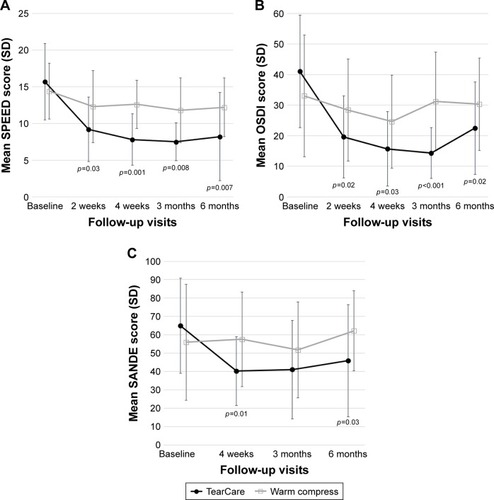
Figure 5 Secondary efficacy end point – meibomian gland score results.
